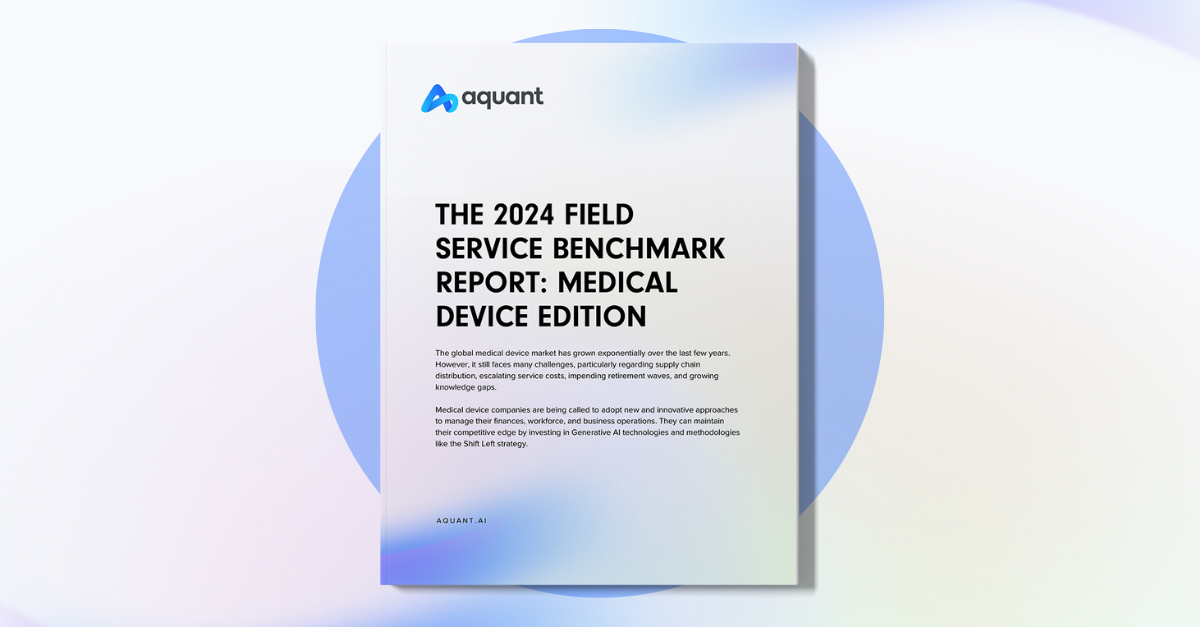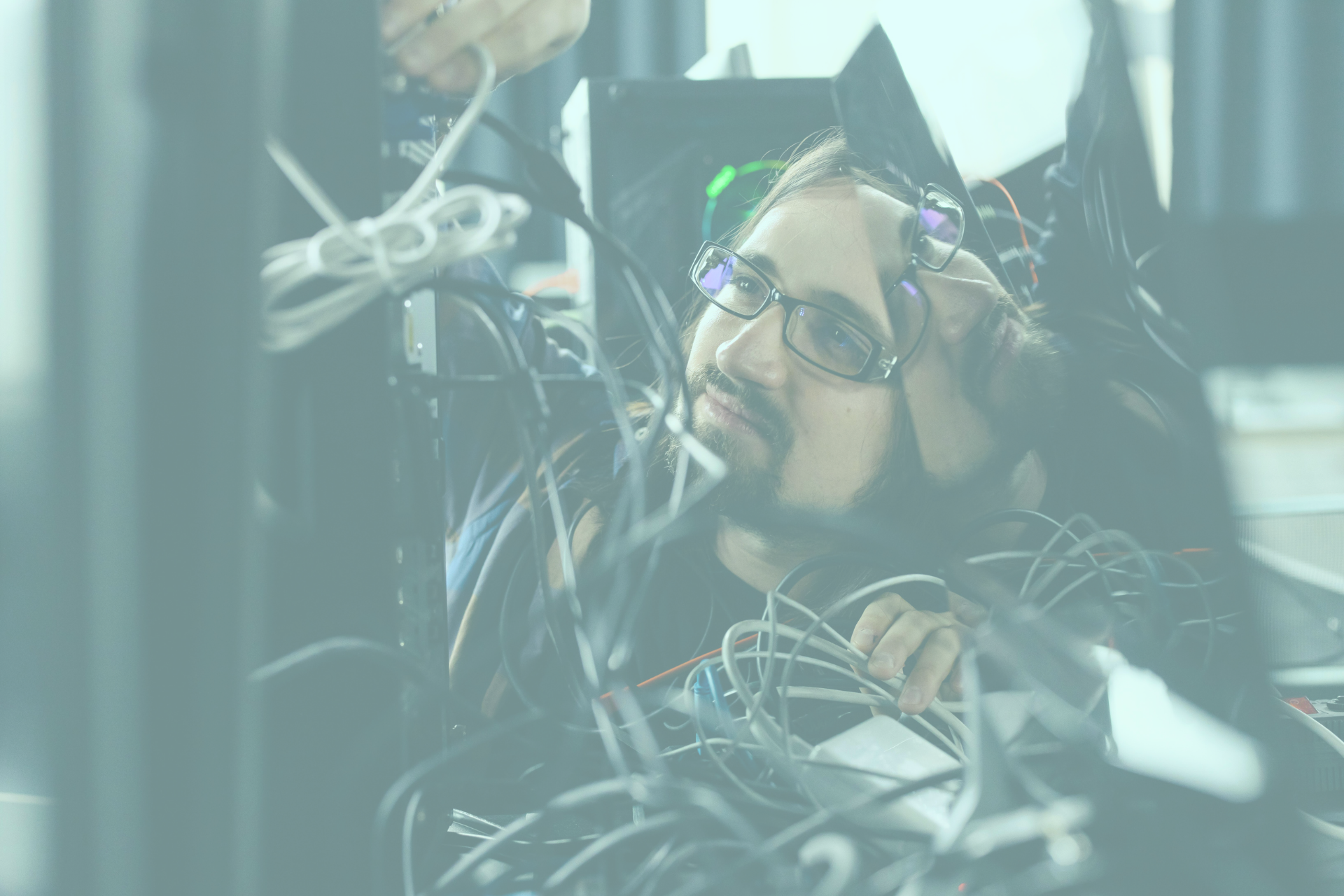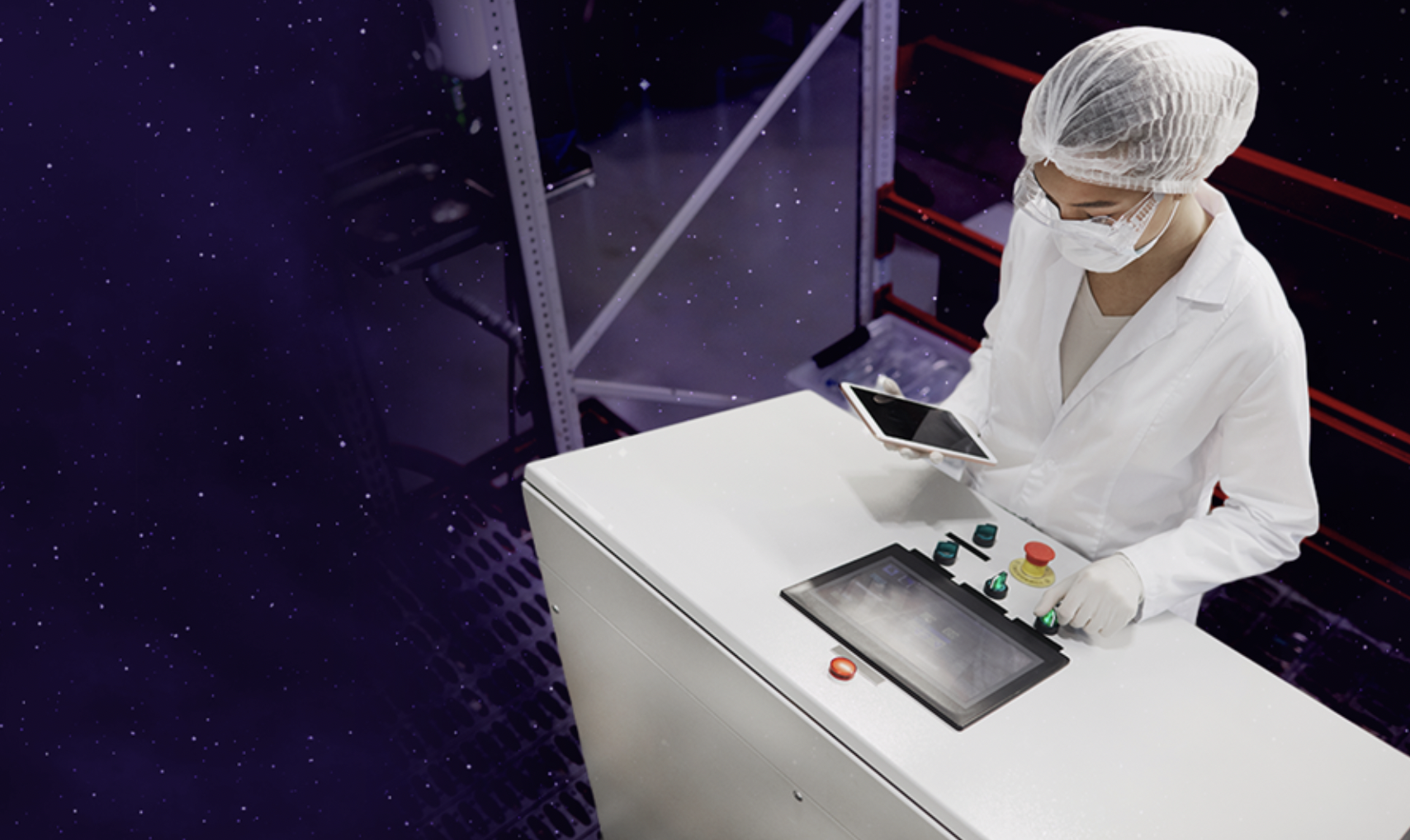An explosion of headlines has recently emerged, suggesting that ChatGPT and its competitors, like Microsoft Bing and Google Bard, will simplify work by taking on low-complexity tasks—ultimately freeing up the workforce to concentrate on more complex demands.
But the service industry is not like other businesses. Using generative AI to obtain “good-enough” answers to service questions won’t cut it. Complex machinery—as well as the need to maximize uptime for end users—means that anything less than the absolute best answer is bad for business, bad for the customer, and bad for the bottom line. In extreme cases, anything but the most specific answer can damage multi-million dollar machines or cause human injury.
Here’s what differentiates services from other industries and why these differences require service-centric generative AI to be successful.
What is Generative AI?
Generative AI is a way to describe algorithms that use existing data or information to create new content, including text, audio, software code, or images. ChatGPT and rival platforms are created by using generative AI. These generative AI models power software applications like chatbots—and are designed to recognize, understand, and produce coherent answers based on user prompts.
Generative AI understands human language and is designed to provide a response that mimics a human conversation. This means you can ask one question in several ways, and the algorithm will understand your core intent, regardless of word choice. The responses can be delivered in sentences that answer questions, in bullet points, or responses may include links to additional collateral material (such as user manuals or links to FAQs).
The Benefits of Generative AI in Field Service
Generative AI developed explicitly for service can be quickly deployed to fast-track ROI. Here’s what to expect:
- Faster responses to any service challenge
- Quicker upskilling of the workforce
- Enabling customer self-service
- Shifting to predictive maintenance
- Reduced costs
Why the Service Industry Requires Service-Centric AI
When deciding to adopt AI, ensuring that its data sources align with your service organization’s specific needs is critical. One drawback to using widely available, generative AI solutions, such as ChatGPT, is that the responses they generate are not tailored to your specific business or use case. That’s because they don’t understand service-specific scenarios.
Here’s what makes service unique from different types of businesses.
1. Service has a higher bar for getting things right.
Improving service outcomes is about finding the best solution to a problem, not the most common. In service, equipment issues can pose mission-critical work stoppages or, in the case of medical device equipment, can pose risks to patients.
Service organizations have zero tolerance for AI hallucinations—the phenomenon when an AI model produces results that are not in line with the question or presents factually incorrect information with confidence. AI hallucinations might be okay for a casual everyday user of ChatGPT, but finding the right solution to the problem is critical in service.
Good answers are not the same as the best answers. Service leaders are constantly striving for the best solution to challenges as a way to innovate and drive customer satisfaction and loyalty.
2. The best solutions to problems often don’t exist in your service data.
The best solution to an issue is often locked in the heads of your service experts; tapping into that knowledge in a standardized way is vital. Internal Aquant research has shown that 30% of service solutions are not found in historical service data. Instead, the best answers are provided by veteran service experts.
You need the right technology to unlock this data and make it actionable. “Off-the-shelf” AI will scan existing data or the internet for common answers. But service-centric AI taps into expert knowledge, so resolution information is accurate based on every scenario.
3. Before identifying the right solution, you must ask the right questions and determine the problem.
“A scientist is not just a clever person who knows all the answers, but one who knows the right questions to ask.” – Enrico Fermi
If service were simply about providing the correct answer to a question, standard technologies would be sufficient in delivering an excellent service experience. Machines are more complex today, and repairing or maintaining them requires more sophisticated problem-solving. That starts with knowing which questions to ask and when. Here’s why:
Complex machines can present many different symptoms for a single root issue. Putting a patch on a secondary issue (the symptom) may only solve the problem temporarily. Diagnosing and fixing the correct issue on the first visit requires that field engineers ask the right questions before they can reach the correct answer.
Standard AI cannot guide a technician through the right step-by-step process needed to resolve the issues.
4. Service requires multi-layer coordination between customers, support agents, field technicians, assets, and parts.
These factors make prioritizing and providing the best service for each situation challenging. Some repair or maintenance jobs may require specially-trained technicians, while others may need special-order parts. Some issues, like medical devices or other mission-critical equipment, may need immediate attention, while other jobs can move lower down the list.
Coordinating people, parts, and customer needs, especially for service organizations that deal with a large volume of customer interactions, requires sophisticated technology designed for these types of service situations. Generative AI built for service organizations can break down data silos, standardize holistic metrics, and build risk and performance models that drive actionable and valuable decisions.
5. Service requires both consistency and sustainability.
As machines become more complex and new machines are rolled out, existing data becomes less relevant for maintenance and repair. Today’s organizations can struggle with upskilling employees of any level when there is too much data (i.e. IoT) or too little data (like with new product launches). But how can a service org strike the right balance?
Your tenured technicians know how to service existing machines, given their years of experience and ample opportunities to learn through trial and error. New hires don’t have time to learn how to service new or old machines effectively. Therefore, it’s all about datafying expert knowledge and preparing workers of all skill levels to make the best service decisions for any scenario — even without specific data.
6. Service happens anytime, anywhere, and all at once.
With the proliferation of service channels (such as self-service, remote, or field events), service events can occur in various experiences.
Service is now a connected journey of multiple individuals of varying backgrounds and skill sets. This requires meeting the customer and all your stakeholders where they are—not the other way around.
With this in mind, the ideal service AI must be scalable, easy to use, and built for various users, like field technicians, executives, customer service representatives, and customers. To accommodate the breadth of user types, it’s best to utilize service AI designed for all scenarios, no matter the environment.
The future of service is here. Are you prepared to meet it?
Given the specific needs of organizations, generalized AI is not good enough for service. Static service manuals are difficult to leverage when searching for answers to particular problems and are hard to keep up to date. Plus, much of today’s off-the-shelf AI is simply incorrect. A wrong service answer is unacceptable—it can have costly effects or worse.
Service organizations deserve solutions that can be trained to understand their business and the service industry. Understandably, service leaders are skeptical about leveraging AI. But the right tools will enhance the entire service experience, from workers to customers and beyond.
How Aquant Service Co-Pilot is revolutionizing field service operations
Aquant’s Service Co-Pilot offers a distinct edge over other generative AI tools because of its deep understanding of service and the quality of data it collects. Service Co-Pilot is built into all our products and tools. It helps anyone—including customer service agents, technicians in the field, service leaders, and customers—get answers to their questions quickly and in a conversational format they can understand.
And regarding data quality, Aquant’s platform processes information in a way that derives meaningful insights tailored to your company. It goes beyond pulling from open data sources that can be found across the internet and instead collects companies’ historical data, structured and unstructured, and elevates this with subject matter expertise (specialized knowledge from the service company’s top-performing employees). By combining data with human intelligence, Service Co-Pilot can work seamlessly within your natural service workflow, guiding the process, much like having a skilled technician.
Learn more about Aquant Service Co-Pilot.
Recent Posts
-

AI and Shift Left Will Propel Success in Medical Device Service, Says New Aquant Report
Read More »March 05, 2024 Janice Camacho -

The Power of AI in Service Management: A Journey Towards Boosting Efficiency and Customer Satisfaction
Read More »February 20, 2024 Courtney Stafford







